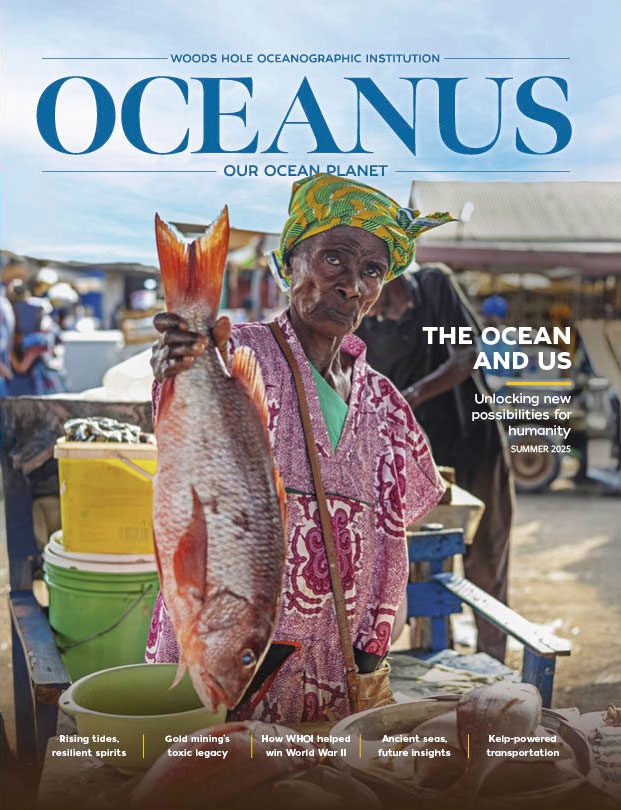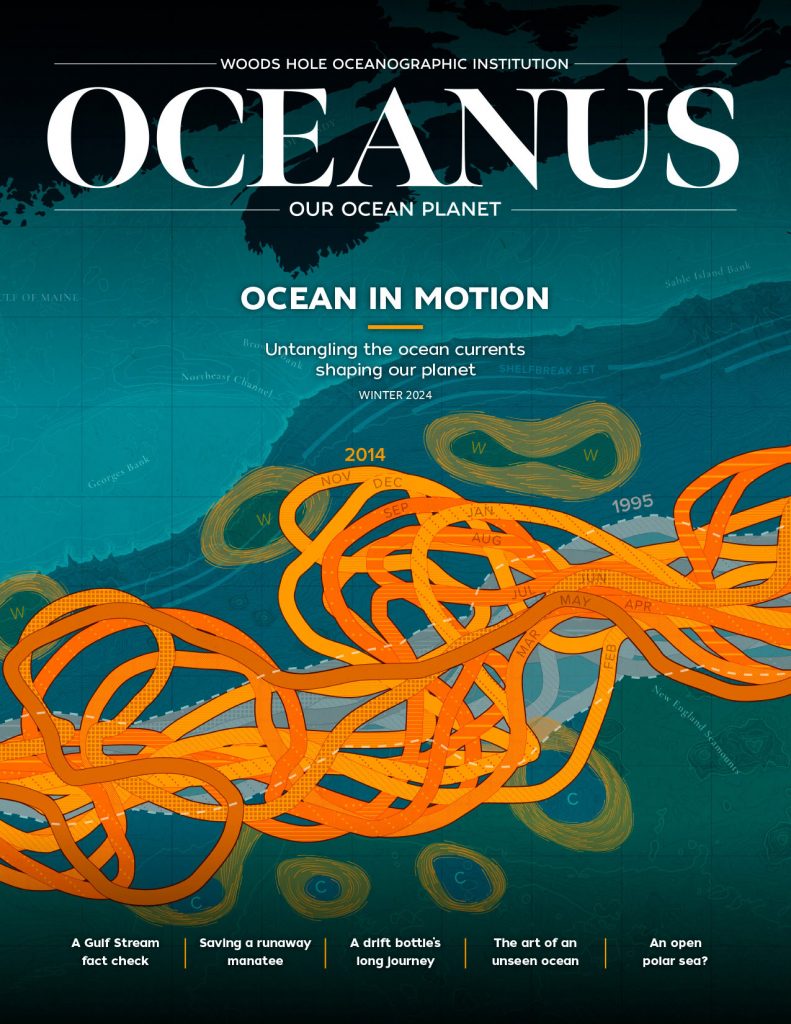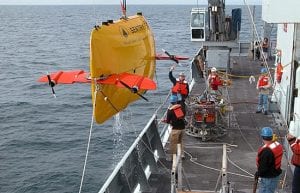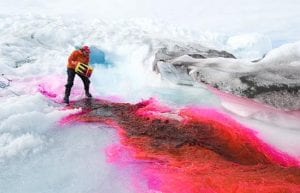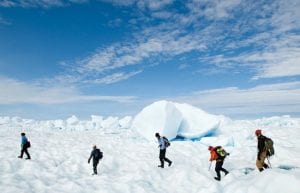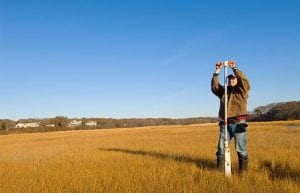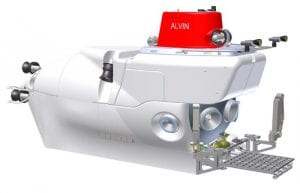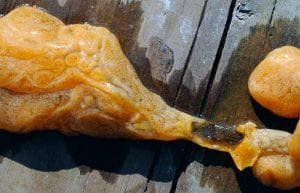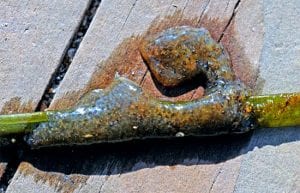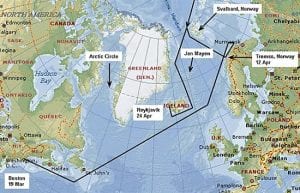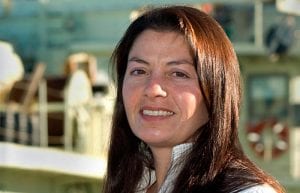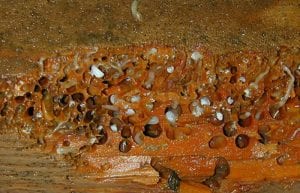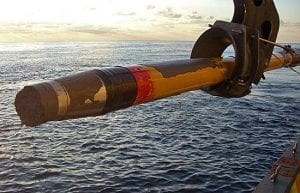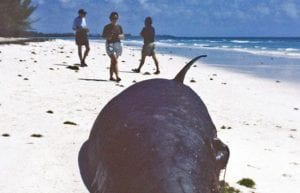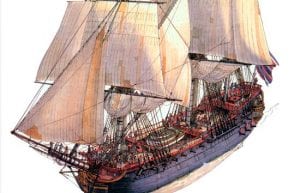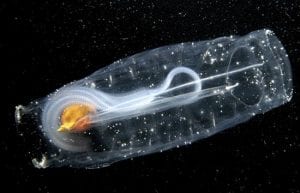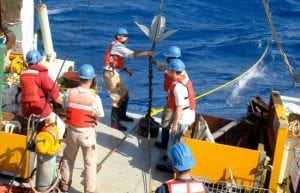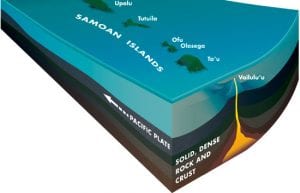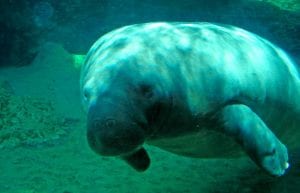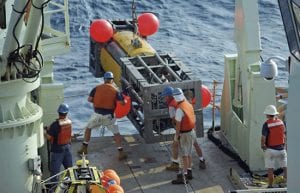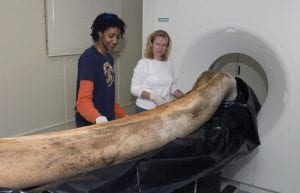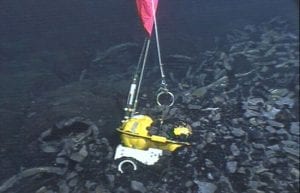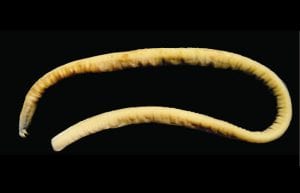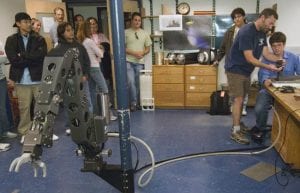Amy E. Nevala
Amy Nevala writes about science, technology, the outdoors, and the environment. Her writing appears online and in print for non-profit research organizations, newspapers, magazines and corporate publications, and essays have appeared in several books. She has worked for the Bermuda Institute of Ocean Sciences, Woods Hole Oceanographic Institution, the Seattle Post-Intelligencer, and The Chicago Tribune. She holds a graduate degree in fisheries and wildlife. She met her husband while pedaling 3,254 miles across the United States as a bicycling storyteller with the American Lung Association. They live on Cape Cod in Massachusetts with their two teen sons and many bicycles.
A New Deep-Sea Robot Called Sentry
There’s been a changing of the guard among deep-sea exploration vehicles. Sentry, a new undersea…
Getting to the Bottom of the Greenland Ice Sheet
Greenland—the world’s largest island—is also home to one of the world’s largest ice sheets (after…
Hurricane Hunter
Soon after they married, Jon Woodruff asked his new wife Akiko Okusu if she’d like to…
Building the Next-Generation Alvin Submersible
Three times geologist Adam Soule has climbed inside the deep-diving submersible Alvin and headed to…
Are Sea Squirts Crowding Out Scallops?
Over the last 10 years, Mary Carman has documented how slimy sea squirts have invaded…
Knorr Skirts Ice to Search for ‘Arctic Haze’
In the late 1950s, pilots flying over the Arctic began having trouble seeing long distances,…
She’s Got the Whole Fleet in Her Hands
For oceanographers, going to sea isn’t as simple as driving to the dock, climbing on…
Happy as a (Newly Discovered) Clam
Aboard a research ship in 1997, Janet Voight was amazed when she examined a small…
New System to Take Long Seafloor Cores Is Ready to Go
Over five years, engineers had designed, built, and tested components for a new, one-of-a-kind system…
The Sound of Sonar and the Fury about Whale Strandings
Eight years ago, several U.S. Navy destroyers used sonar in the Bahamas during routine training…
WHOI Ship Hunts for Revolutionary War Wreck
One of the fiercest battles of the Revolutionary War raged off the coast of Flamborough…
Proposals Emerge to Transfer Excess Carbon into the Ocean
It’s sort of the planetary equivalent of moving clutter accumulating in the attic to other…
Going for the GUSTO (Mooring)
It was the oceanographic equivalent of stopping for milk on the way home. Two years…
Plumbing the Plume That Created Samoa
Matthew Jackson began his journey to the center of the Earth on lonely gravel roads…
Put the D-tag on the Manatee
When boats hit manatees, the outcome is often grim. Bones are broken and skins sliced.…
WHOI Gets New Chairman of the Board
Newt Merrill grew up sailing off the coast of New England, and like many who…
What Does It Take To Break a Whale?
The ship hit the whale with a force that snapped her 14-foot jawbone like a…
Rescue Mission on the Seafloor
The two earthquake-monitoring instruments—each the size and weight of a small refrigerator—were glued to the…
Would a Hagfish By Any Other Name Smell as Sweet?
It’s not hard to figure out how hagfish got their name, since they aren’t exactly…
Students Visit the Deep-sea Robot They Named
Seven students from a California high school took a field trip to the Woods Hole…
